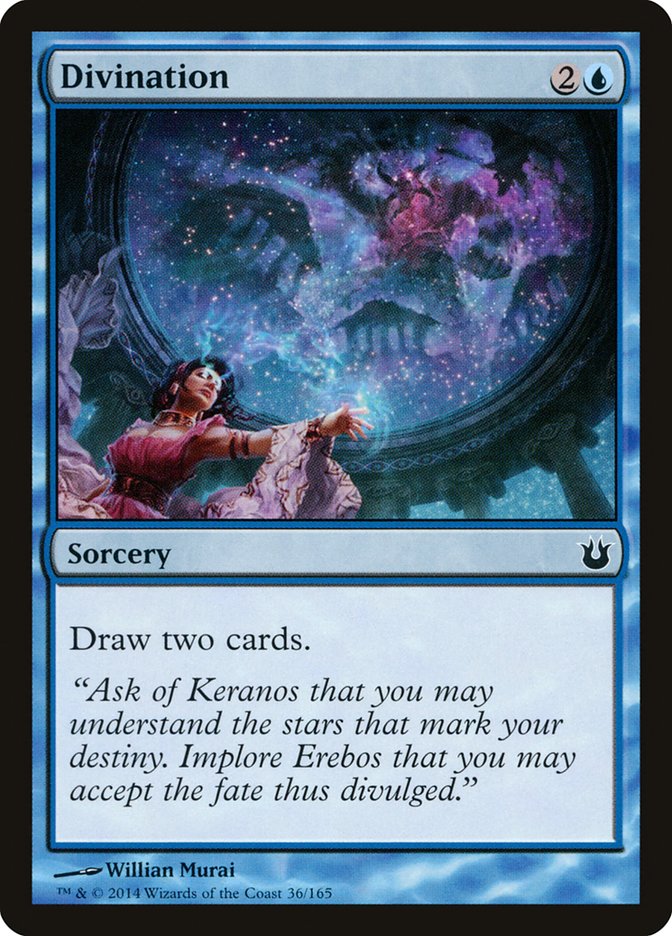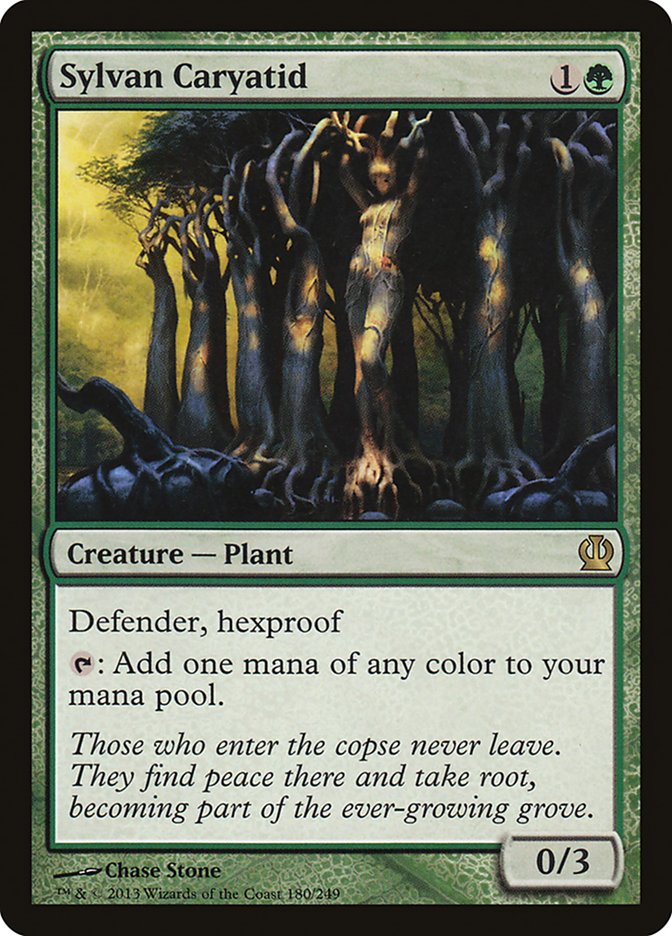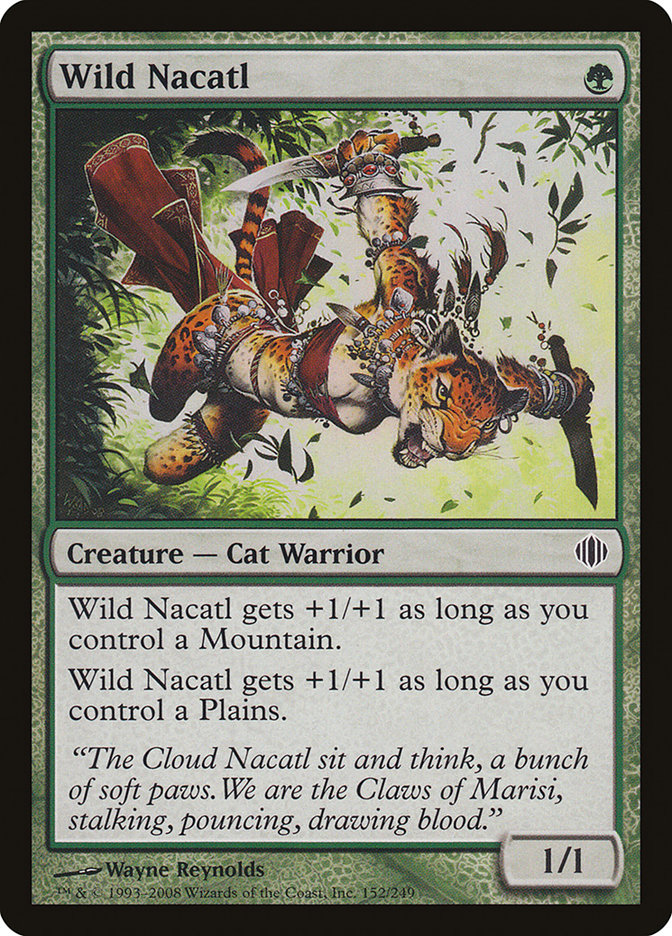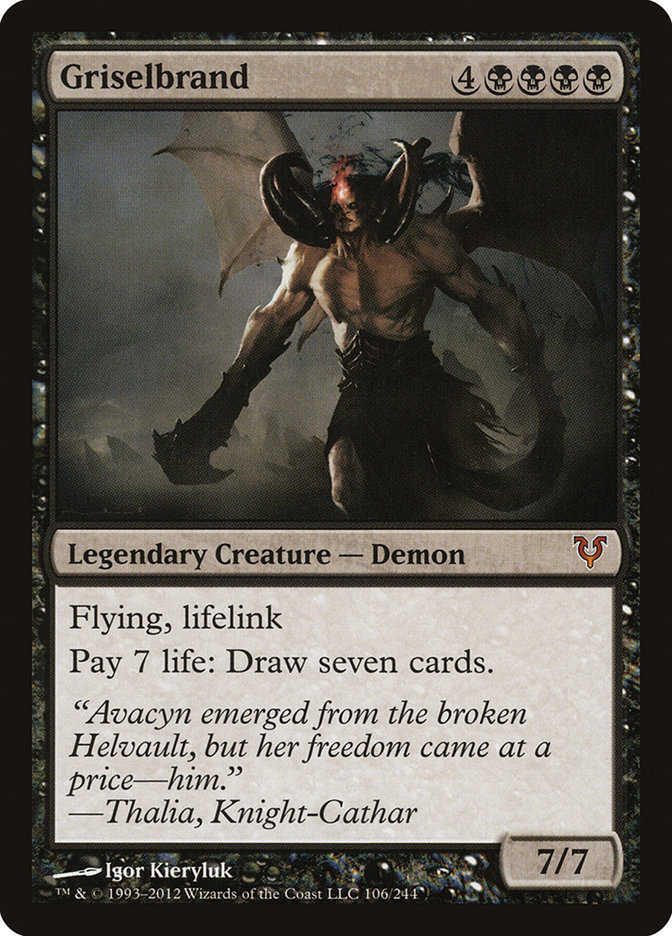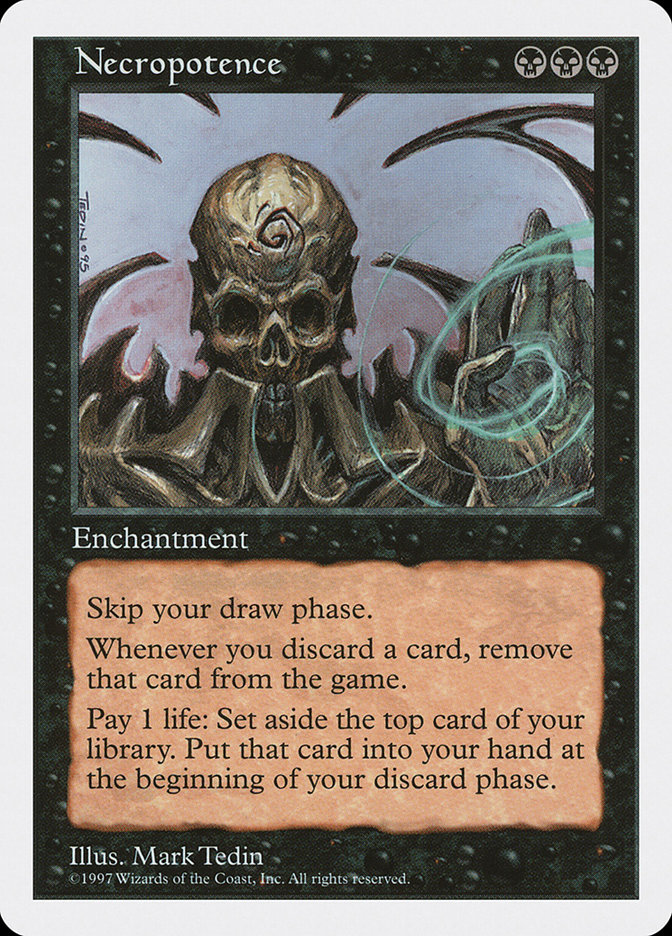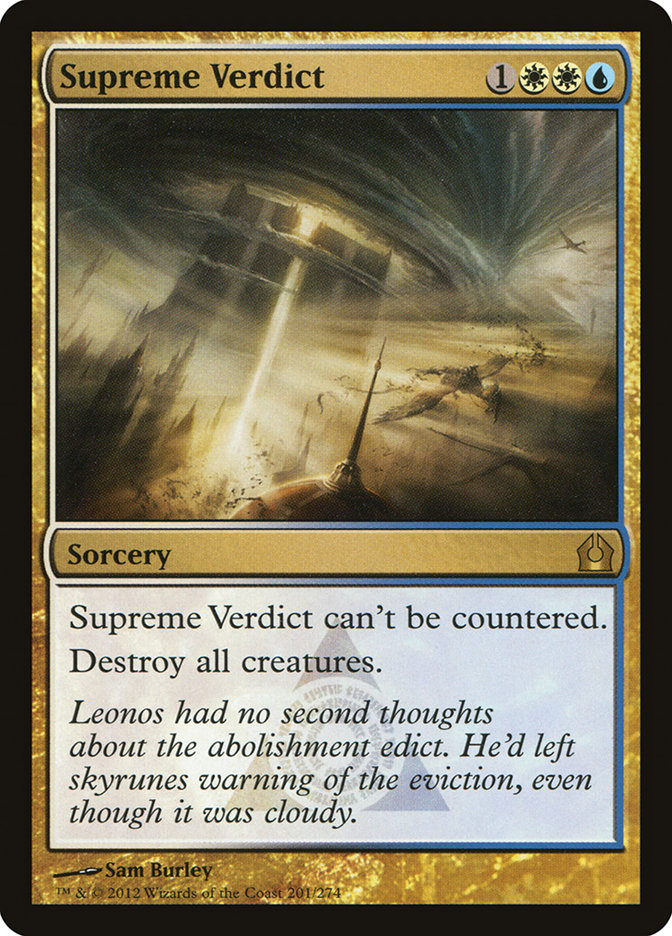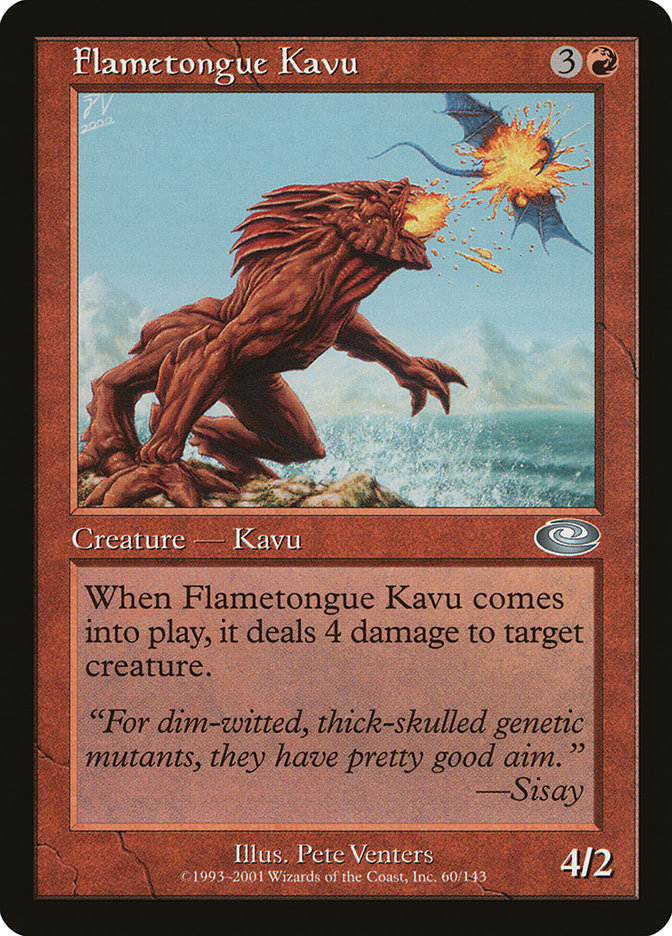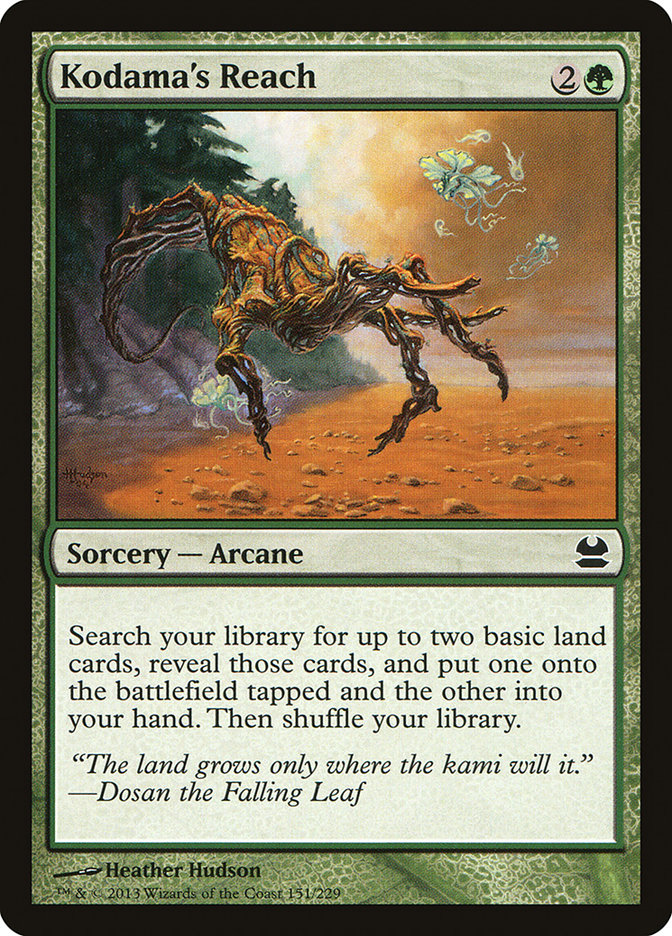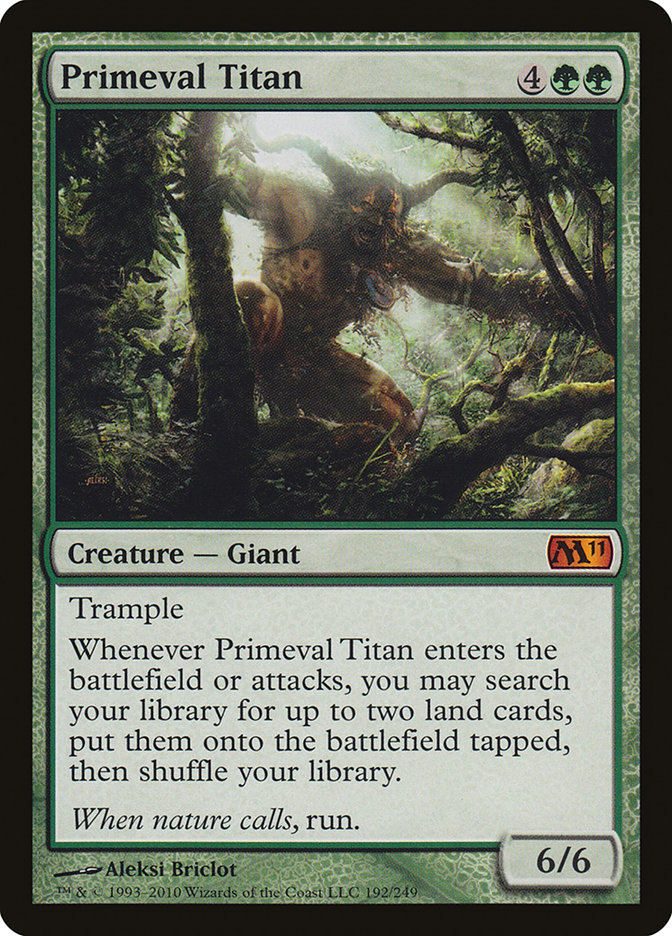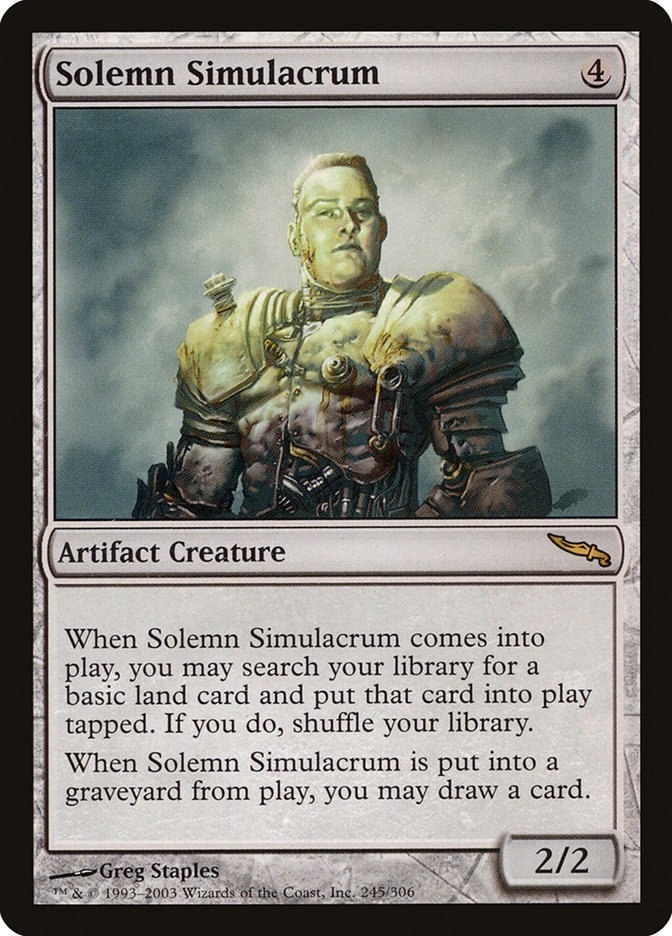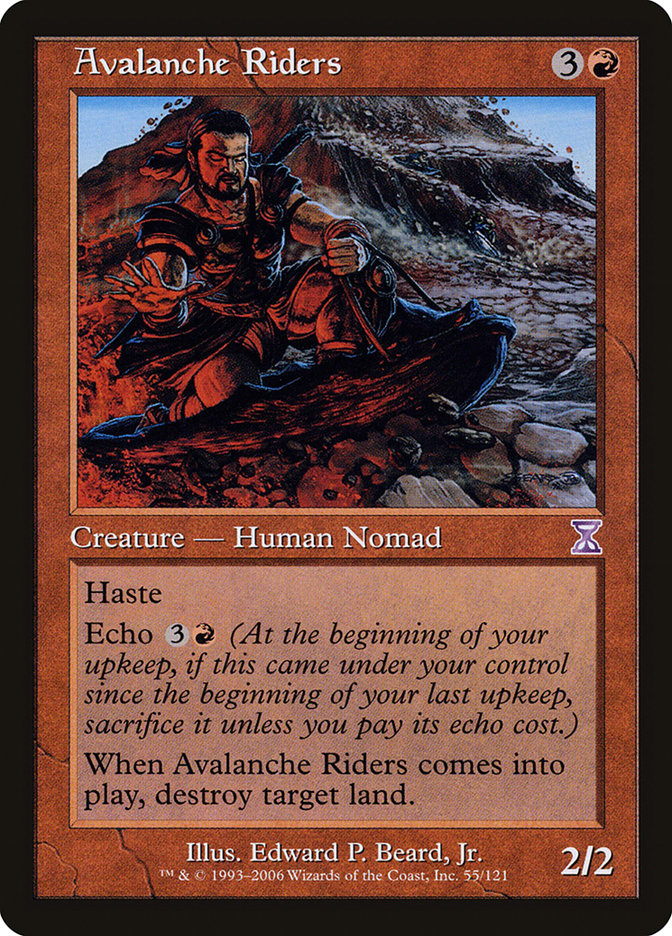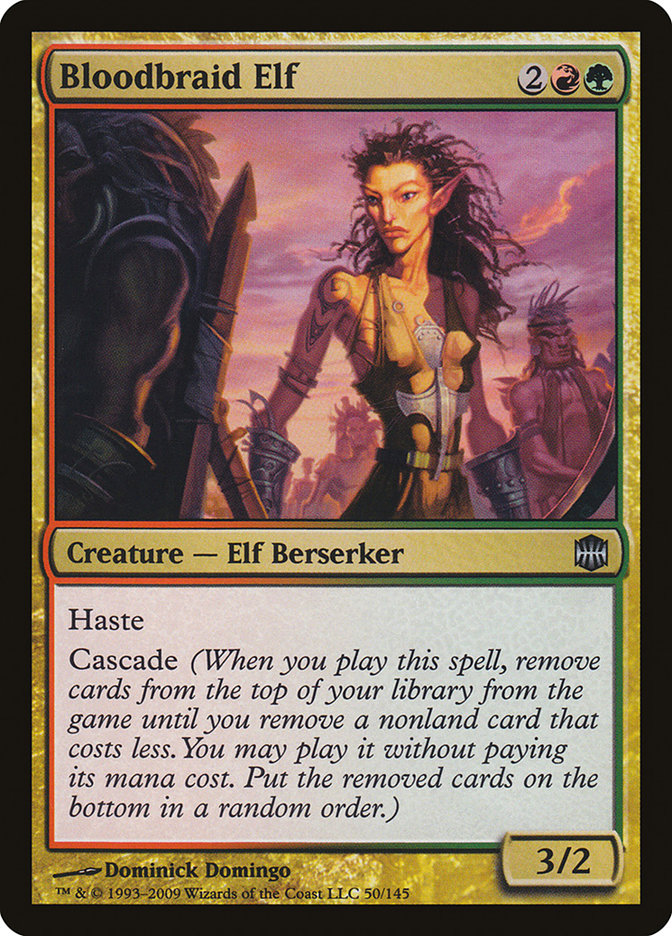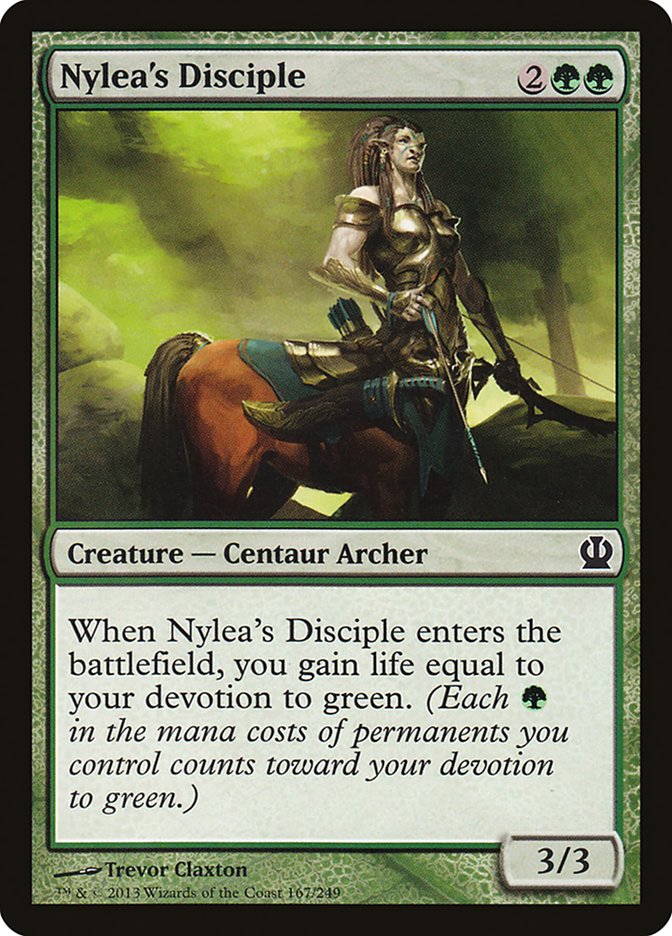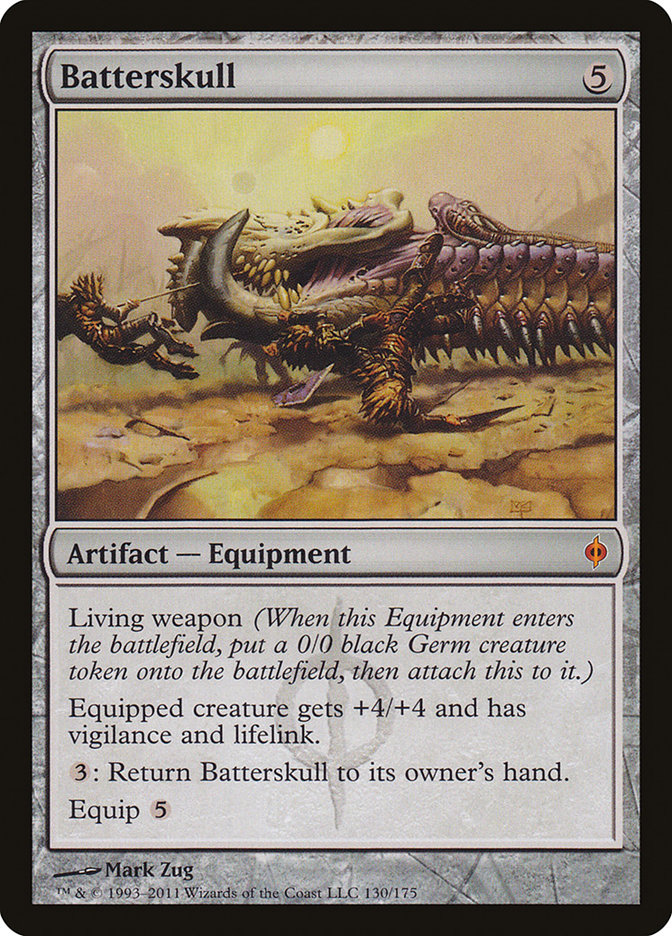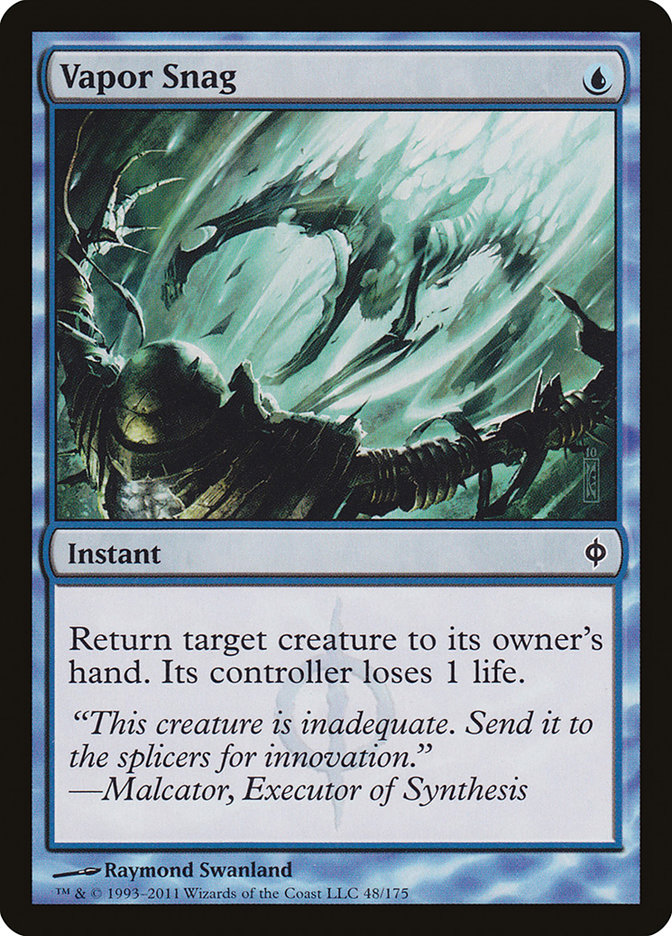Throughout my time playing Magic, I’ve had the privilege to write countless articles dealing with many subjects that I felt passionate about. Whether the subject was my own struggles, new ideas about cards or decks, or just my experiences while traveling the globe, they’ve all been a small part of me that I was able to share with you. It has been quite the ride, and now I’m gearing up for the next chapter of my career: my return to the Pro Tour!
With my first Pro Tour since Avacyn Restored in Barcelona coming up in just a few short weeks, I have had a lot on my mind. Modern is a complex and diverse format that’s going to be difficult to break, but I’m confident in my abilities and the abilities of my teammates. I will be spending the next week and a half in Valencia, drafting and battling Modern each day until I’m satisfied with where we’re at in both deck preparation and Limited knowledge.
This is the first time I’ve ever been part of a big team for Pro Tour, and I’m excited to see if my results improve because of it.
While I’m not a fan of traveling around Europe mostly due to the lack of having a working cell phone, I think that this experience will be one that I’ll always remember. While I can’t exactly go into detail about the ideas I have for Modern, rest assured that I will be in full disclosure mode after the Pro Tour in order to help you prepare for Grand Prix Richmond.
But until then here’s a few ideas that have running around my head for quite a while now. This piece is dedicated to helping you evaluate Magic cards based on individual power level so that it’s easier to discern what cards should make the cut in the decks you’re building.
Four Pillars Of Magic
In a game of Magic, there are four types of resources at your disposal at any given time: cards, tempo, mana, and life. Regardless of how you want to build your deck, you should adhere to these four pillars in building it as efficiently as possible while staying focused on which of these resources you want to exploit.
Some decks are grindy control strategies that emphasize card and life advantage. Aggressive decks tend to shy away from pure card advantage in order to apply maximum pressure to gain tempo advantage. Combo decks are on the spectrum of creating a large mana advantage and using that to leverage a powerful interaction that generally ends the game, often using their life total as a major resource (this is one of the reasons why Necropotence, Yawgmoth’s Bargain, and Griselbrand are some of the best cards ever printed).
While there are plenty of strategies that lie somewhere in between, such as midrange and aggro-control, all of them adhere to these four pillars. Depending on how you build your deck, you can push forward with multiple resources simultaneously, building a significant edge. Decks will often contain cards that are linear resource builders but combine to function on different axes, giving you an upper hand on multiple levels. Today we’re going to talk about the basic ways to utilize these resources as well as identify how some cards can take advantage of two or more at the same time.
Card Advantage
This pillar is probably the easiest to identify. When you play a spell that draws two cards, you are gaining card advantage. But at what cost? You’re usually spending an entire turn to do so, which can be crippling if your opponent starts the game off with a few threats. Spells that gain pure card advantage can be put to good use, but normally you need a lot of other utility spells to come back from the tempo black hole you’re creating.
Additionally, cards like Divination aren’t always going to be pure card advantage. If you’re on the draw and Divination is the first spell you cast, you will be going up to eight cards in hand and forced to discard at the end of turn. At this point you’re not gaining any actual card advantage, though you are gaining card filtering, which has its merits.
Card filtering is similar to card advantage, but it doesn’t give you a physical +1 in the cards gained column. However, this can create "virtual card advantage." How often does an aggressive deck need a sixth land? How valuable is discarding that land to draw a fresh card? Similarly, cards like Ponder and Brainstorm help sculpt draws, getting rid of excess chaff and giving you spells that can actually affect the game.
This is much more powerful in Limited with cards like Merfolk Looter because they allow you to prevent flooding. When you’re constantly trading resources with your opponent, figuring out a way to translate an excess of one resource for another is a strong ability.
Mana Advantage
Gaining an advantage on mana can be done a number of ways. In midrange strategies, cards like Elvish Mystic and Sylvan Caryatid help you ramp into bigger spells that outclass the spells your opponents are playing on those same turns. However, these strategies have a higher potential to "flood out" or draw too many sources of mana and not enough spells that actually affect the board in a positive way.
In some combo decks, cards like Dark Ritual help you gain a mana advantage much earlier than you would normally be able to. This leads to backbreaking spells much earlier in the game that most opponents aren’t ready for. Chaining multiple mana accelerators together can lead to degenerate combo decks that generally finish the game with something like Tendrils of Agony. Wizards of the Coast is wary of printing more spells like Dark Ritual because they tend to cause problems across multiple formats.
Mana advantage isn’t always about mana acceleration though. There are times when just hitting all of your land drops will put you ahead of your opponent, making cards that can facilitate this is helpful. This type of mana advantage isn’t nearly as explosive but is fine for control strategies since they rarely want to miss a land drop for the first seven or so turns of the game.
Tempo Advantage
The basic rule of tempo is that if you spend less mana on a spell to deal with your opponent’s spell you’re gaining tempo. If you use Mana Leak to counter a spell that costs more than two mana, you’re giving yourself the ability to use the rest of your mana for that turn on other things. What you choose to do with that mana (if anything) is entirely up to you.
Gaining an advantage in a game of Magic based around tempo is probably the easiest to do assuming that your opponent isn’t trying to do the same thing. Playing a creature that can attack provides you with a clock. That clock forces your opponent to interact with you, either by eliminating your clock or trying to win the game in a different way. When you play cards like Wild Nacatl, you’re pushing your opponent down a path of "interact with me or you’re going to die very quickly."
Creatures are not the only way to gain a tempo advantage, but they are the easiest way to explain at the beginning. As we explore different ways to exploit each pillar, I will show you why some cards can be powerful even though they may look mediocre on paper.
Life Advantage
Using your life total to your advantage is one of the most difficult things to do in Magic and often requires a lot of work. There are a lot of cards that allow you to sacrifice life points in order to gain a significant advantage, though they can be dangerous. Life is a resource that is most commonly sacrificed in order to put yourself ahead in other resources because we have so much to work with at the beginning of every game.
Control decks are notorious for using their life total to buy enough time to take over the game. Winning at one life is exactly the same as winning at 30 life, so making sure you manage your life total correctly in a control deck is much more important than if you’re playing a suicidal aggro deck.
In some matchups, your life total is virtually irrelevant, so having cards in your deck that sacrifice life points in order to draw cards, gain tempo, or increase your supply of mana is generally a good idea.
In Limited, all of the pillars are accentuated considerably. Card advantage is great, but having a deck full of Voyaging Satyrs to ramp you into your big spells can put you too far ahead for your opponent to come back. Any spell that combines two pillars together is going to shine because the general card quality is spread thin in Limited. Understanding how cards can exploit these resources will help you in all forms of deckbuilding, Limited or Constructed.
Mix & Match
When you begin to find interesting ways to mix these four resources together, you will start to see cards that stand out. If a single spell can grant you an advantage across multiple resources, then you’re going to be pulling ahead of your opponent on two axes instead of one.
Card & Life Advantage
I don’t need to tell you that Sphinx’s Revelation is a good card. You can probably deduce that on your own. However, telling you exactly why it is a good card will help you in evaluating cards that come out in future sets. You will begin to put the pieces together on your own and build decks around these kinds of cards much more easily.
These spells are much stronger when a format is smaller because there are fewer ways to negate that advantage. In Return to Ravnica Block Constructed, Sphinx’s Revelation was one of the best cards to have in your arsenal because it was able to combine a way to gain a big card advantage with a big life advantage. This was important for the control decks that desperately needed to stabilize against aggressive decks while also recouping lost resources spent dealing with threats.
In Standard, Sphinx’s Revelation is also very powerful, though potentially less so than in Block. The card sees some play in Modern and virtually no play in Legacy because it’s much easier to apply pressure on the control decks in those formats. They just don’t have enough time to put Sphinx’s Revelation to good use.
When you play a deck with Sphinx’s Revelation, it’s often a priority to contain all of your opponent’s threats as quickly as possible. That is one of the reasons why Sphinx’s Revelation was so powerful in the U/W/R Flash deck that was popular last year. When you’re trading one-for-one throughout the early turns of the game, having a spell that can gain back a portion of lost life while also refueling your hand is absurd. Alternatively, most control decks at the moment use Sphinx’s Revelation as a way to put the game out of reach while simultaneously digging for ways to end the game once they’ve established control.
Card & Tempo Advantage
One of the easiest ways for a control deck to gain control of the tempo of the game is a "sweeper." In Standard, that means Supreme Verdict or Anger of the Gods, but this type of spell has been around since the beginning. Wrath of God has always been and always will be (hopefully). When you are playing a control deck, spells that can gain you card advantage while also putting you back at tempo parity are key in gaining a foothold against an aggressive opponent.
On the other side of the spectrum, cards that can put you ahead in card advantage while also gaining tempo can be valuable in other forms. Flametongue Kavu was one of the first cards I ever played with that allowed me to do this and was one of the best cards in Standard for quite some time. When you’re an aggressive deck playing against another aggressive deck, spells like Flametongue Kavu are superb.
These types of cards often come at a price. For example, playing Flametongue Kavu in your maindeck is pretty mediocre against a control deck since it will have to target one of your own creatures. Similarly, Supreme Verdict is a virtual blank in any control mirror. But the fact remains that these types of spells are some of the most powerful tools at your disposal against any opposing creature strategy and should be valued highly.
Card & Mana Advantage
While this combination is less frequent in Magic, there are some instances in green ramp or control decks where you could use these types of spells to your advantage. Primeval Titan was one of the best cards to ever see play in Standard mostly because of the tools surrounding it. When you can search up ridiculous finishers like Kessig Wolf Run or Valakut, the Molten Pinnacle, building your entire ramp strategy around these cards makes you function much more like a combo deck than a midrange deck.
As you can see, the latter two spells can also attribute to tempo advantage, giving you a threat while also accumulating card advantage and mana advantage. Whenever you see a spell that can put you ahead on three types of resources, it’s not one you should overlook.
While spells like Kodama’s Reach can be powerful accelerators, they’re generally slower than Rampant Growth or Farseek while giving you a similar effect. Cards like Kodama’s Reach and Cultivate often bottleneck your deckbuilding a bit more than Rampant Growth, as you should be playing more five- and six-drop spells to utilize the turns in which you’re ramping. If you cast Kodama’s Reach and follow it up with a four-drop spell, that is often less powerful than a five-drop spell, effectively negating the fact that you used a ramp spell at all. When you don’t actually take advantage of your mana acceleration, your opponent will be playing spells that are on a similar wavelength in power level.
Mana & Tempo Advantage
These types of spells are often used to attack the mana development of your opponent while also applying pressure to the board. Acidic Slime was a Standard mainstay, especially alongside Restoration Angel, because you could continually disrupt your opponent’s mana while dealing them incremental damage. A 2/2 body isn’t all that impressive, but the effect was more than worth it in a lot of cases, especially when you could rebuy that effect over and over again.
Cards like Bloodbraid Elf don’t come along too often, as it also gains you a bit of card advantage on top of mana advantage and tempo advantage. Of course, there are times where you cascade into a removal spell when your opponent doesn’t have a creature in play, but you have a high chance to hit a relevant spell that you can cast for free. Cards like Bloodbraid Elf tend to dominate whatever format they’re in simply because it is an easy way to gain resource advantage on multiple fronts.
Oracle of Bones stood out to me when I first saw it because it has the potential to do similar things to Bloodbraid Elf. Obviously the tribute mechanic of is completely up to your opponent, but having the ability to compare to Bloodbraid Elf on some level is worth a second look. Just imagine the look on your opponent’s face when you fuse Toil // Trouble!
Mana & Life Advantage
This combination is rare but could be utilized if you build your deck properly. Not a lot of cards in Magic can provide you with the ability to hit your land drops more consistently while also gaining you some precious points of life. Courser of Kruphix can do all of that, but it also has the potential to provide you with a bit of tempo as well as a small amount of potential card advantage by playing lands from the top of your deck instead of your hand.
Tempo & Life Advantage
Cards that gain you tempo and life are the easiest way to get a leg up against an aggressive deck. Any creature with a relevant body and lifelink can do this, but it’s generally much more powerful to have an effect that happens upon entering the battlefield. If a creature needs to attack or block to gain life, that adds significant weight to your opponent’s removal spells.
These types of cards are rarely good against control strategies since most control decks don’t really care all that much about your life total. Cards like Nylea’s Disciple are not efficient enough to threaten your opponent in a reasonable time frame, making them less than ideal for maindeck consideration. However, these types of cards are often fantastic as sideboard tools.
On the other hand, some cards are just too good to pass up. Batterskull and Baneslayer Angel are two of the newer cards that saw a ton of Standard play that could easily dominate an aggressive opponent by simply hitting the battlefield. Their lifelink ability and significant body bought you more life points than normal because they also prevented the opponent from profitably attacking.
From the other side, aggressive strategies can use spells to gain a tempo advantage while also dealing damage to the opponent. Vapor Snag was very popular in Standard alongside an aggressive clock like Delver of Secrets because it could effectively invalidate a person’s entire turn or the creature entirely for just one mana. It also just so happens to ping your opponent for a point of damage, which can add up in conjunction with Snapcaster Mage or more copies of Vapor Snag.
Sacrifice
In other instances, certain cards will happily sacrifice resources in order to gain a massive edge in another department. When you see a card that so blatantly moves in this direction, it’s almost always worth taking a look at regardless of how mediocre it might seem at first glance.
If a card is able to sacrifice a single resource in order to gain an advantage on two different levels, then it is almost always a format all-star. This is one of the reasons why Dark Confidant was so good in Standard and continues to see heavy play in Modern and Legacy.
Many of the most powerful mana accelerators in history give up card advantage in order to facilitate some dramatic combo. They do not need a handful of cards in order to kill you when their victory condition just requires them to play a lot of spells. Creating a chain of spells that sacrifices card advantage in order to generate an absurd amount of mana isn’t something you see much in Standard anymore because those types of decks are often too difficult to interact with. However, they are very popular (and powerful) in Modern and Legacy.
Similar to sacrificing cards for mana, many burn-based strategies trade off card advantage in order to take away the life advantage from the opponent. If your opponent ends the game with six cards in hand but you’ve gotten them down to zero life, none of their spells in hand actually matter. Seeing a spell like Bump in the Night break into Modern makes me very happy because it means people recognize that the traditional thoughts behind true card advantage aren’t necessarily all encompassing. Finding a specific resource and attacking it or abusing it is the sign of a great deckbuilder regardless of what strategy they employ.
There are far too many cards in Magic that sacrifice one resource to abuse another to list all of them, but recognizing when one of these spells is pushing the envelope with design is an important attribute of any deckbuilder. When you see a card like Shard Volley, you need to understand why you must sacrifice a land in order to cast it. In this specific case, you get to put a spotlight on Lightning Bolt and truly understand how strong of a card it really is, though there is a reason why burn decks in Modern and Legacy still play Shard Volley alongside Lightning Bolt.
While there are cards that don’t necessarily fit under these exact guidelines, that is because Magic is too complex of a game to categorize everything. Much like the English language, there are exceptions to every rule, but being able to understand all four pillars and use them to your advantage will help you on your way to becoming a better player.

